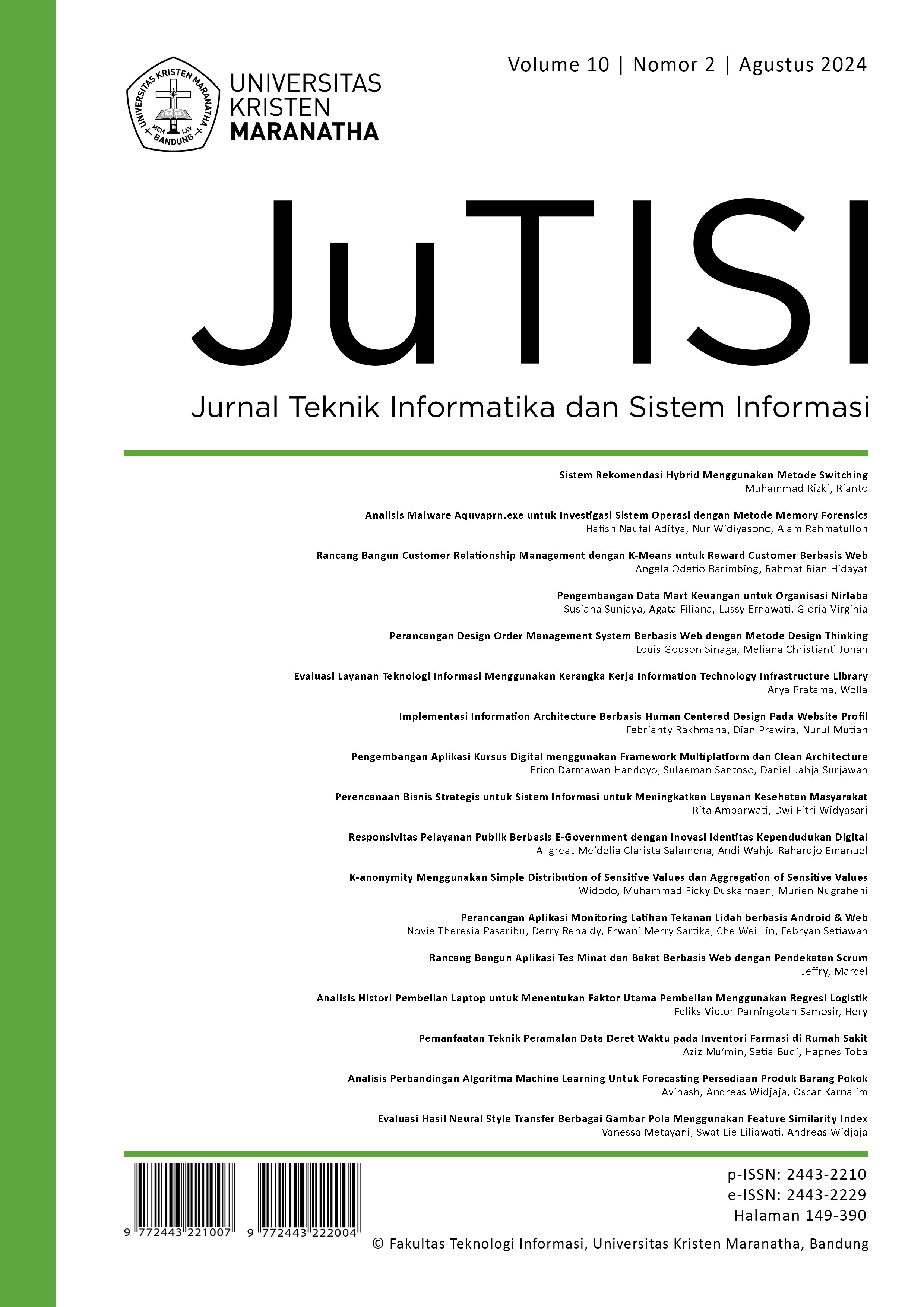Design of Tongue Pressure Training Monitoring Application based on Android & Web
Main Article Content
Abstract
The tongue is part of the muscular organs that are essential in the oral (mouth) and maxillofacial systems (jaw, neck, and face). By doing tongue movement exercises can help therapy patients with certain diseases, such as sleep apnea. This research will design and develop LTL applications based on Android and the Web using LTL tools that have been designed by Novie et al. Android-based applications are designed to help monitor the results of FSR sensor output from LTL devices from the user side, and Web-based applications are designed to monitor the progress of the LTL process that has been carried out from the side of medical personnel. The types of tongue exercise movements used in this research are Tongue Slide-1, Tongue Slide-2, and Tongue Press. The Android application will show patient identity data, tongue pressure reading data, and movement repetition data. The Android LTL application design that has been successfully realized presents features to monitor the results of tongue pressure exercise readings. The subjective test results of the appearance and ease of LTL android and LTL web applications get a good assessment because all assessments are in the index of 86.3%-92.5%. Meanwhile, the results of the experimental scenario for LTL System Testing show that the average tongue pressure of all respondents carried out in two experiments for tongue press movement, tongue slide-1 movement, and tongue slide-2 movement, above the set threshold limit of above 500 gf. Further research into experimental scenarios and the use of this application can be applied to real patients.
Downloads
Download data is not yet available.
Article Details
How to Cite
[1]
N. T. Pasaribu, D. Renaldy, E. M. Sartika, W. L. Che, and F. Setiawan, “Design of Tongue Pressure Training Monitoring Application based on Android & Web”, JuTISI, vol. 10, no. 2, pp. 303 –, Aug. 2024.
Section
Articles

This work is licensed under a Creative Commons Attribution-NonCommercial 4.0 International License.
This is an open-access article distributed under the terms of the Creative Commons Attribution-NonCommercial 4.0 International License (https://creativecommons.org/licenses/by-nc/4.0/) which permits unrestricted non-commercial used, distribution and reproduction in any medium.
This work is licensed under a Creative Commons Attribution-NonCommercial 4.0 International License.

